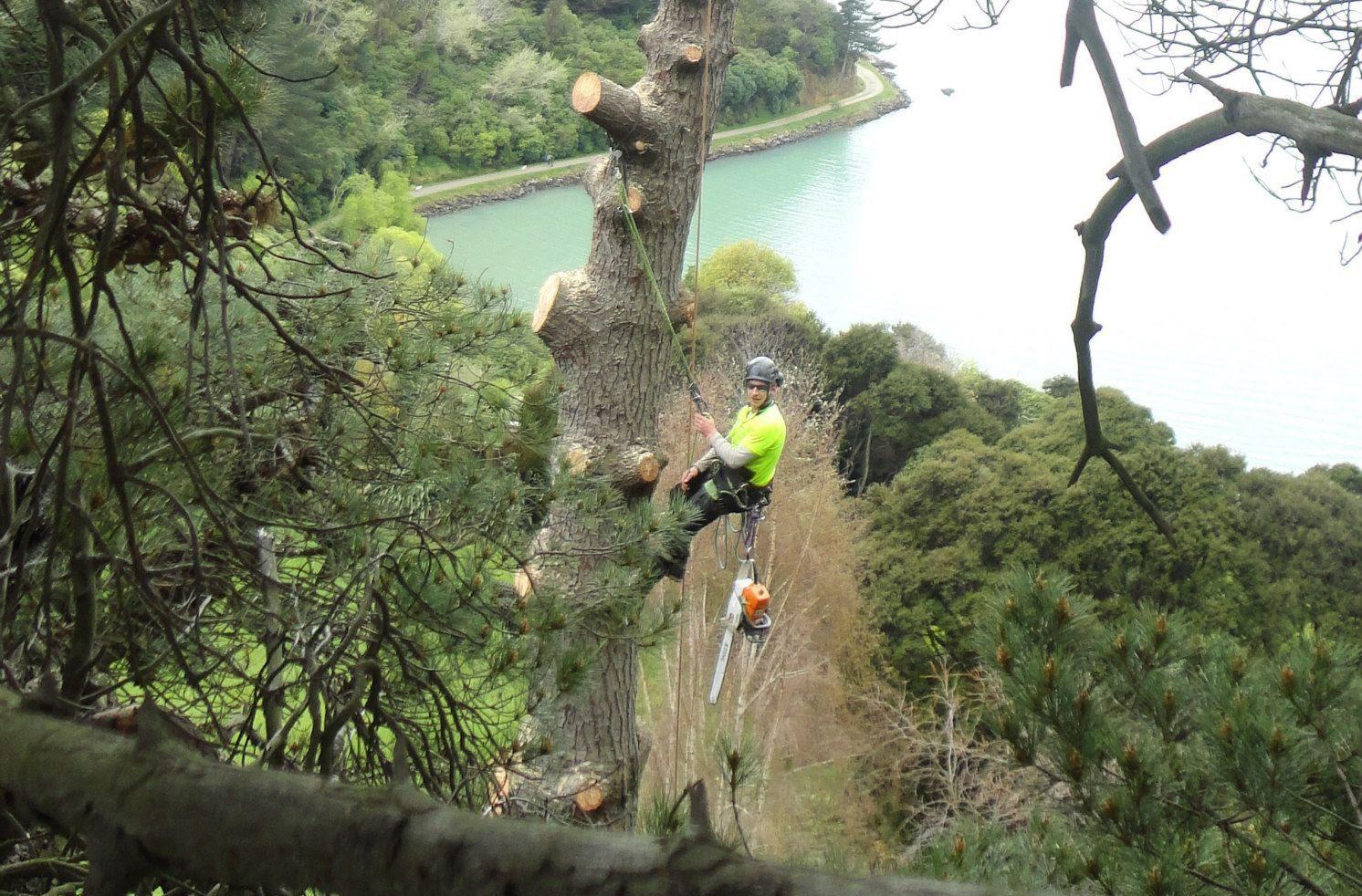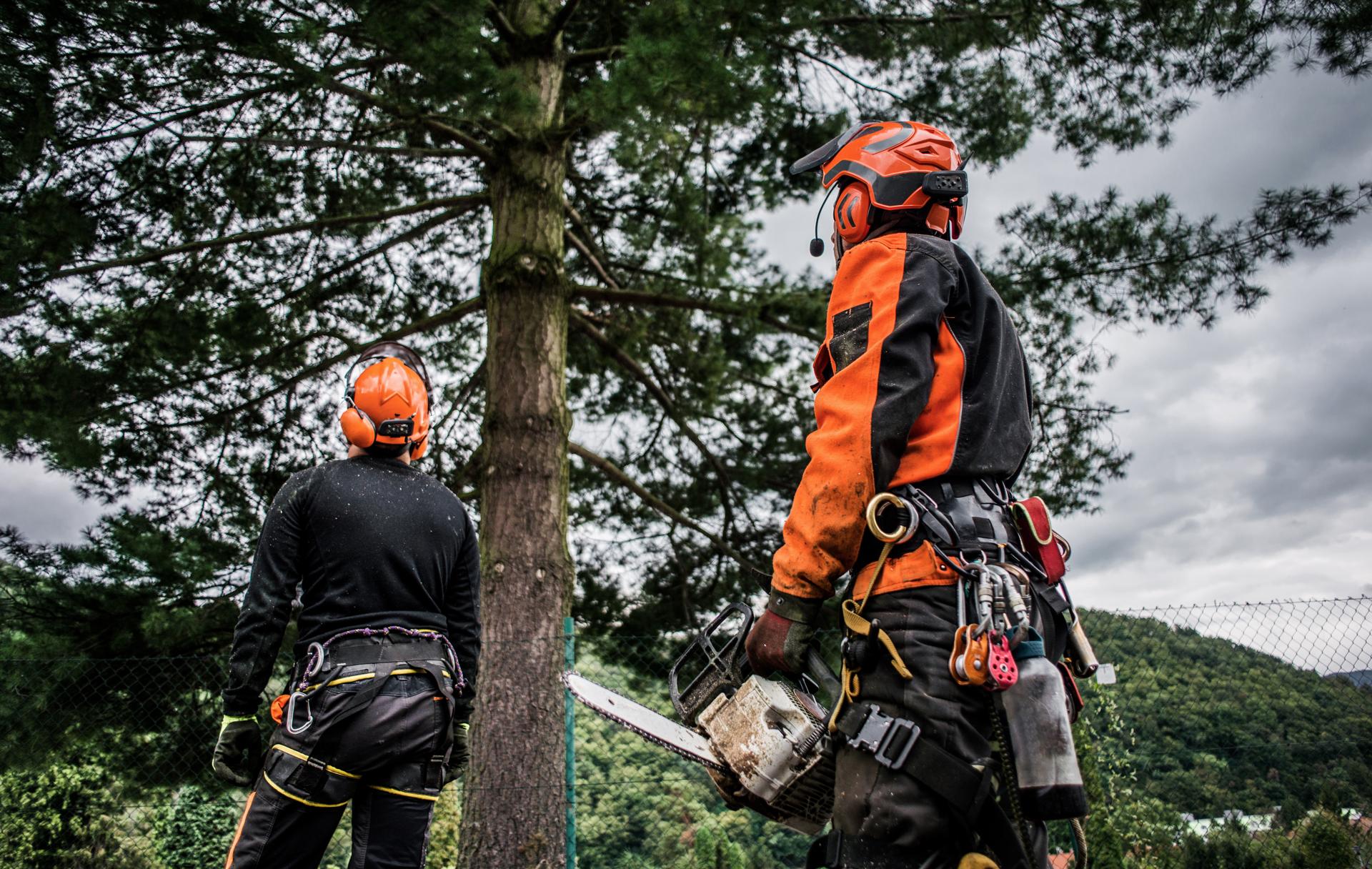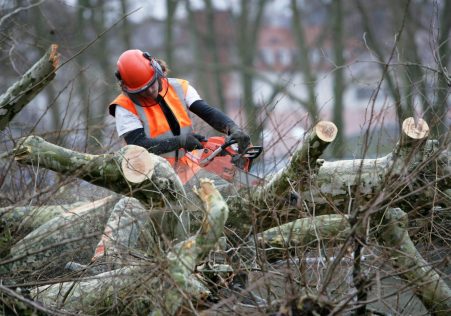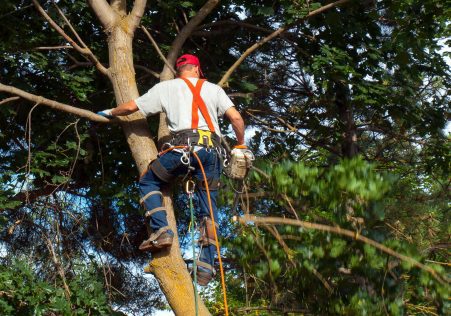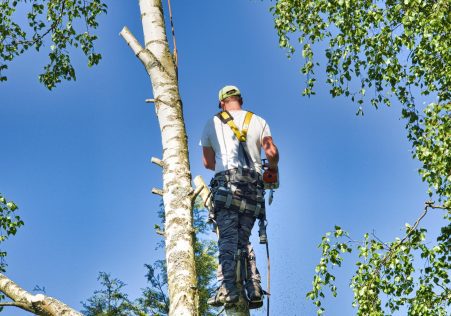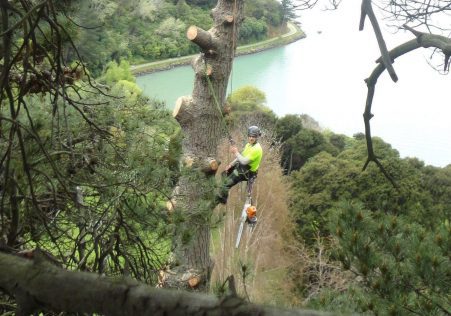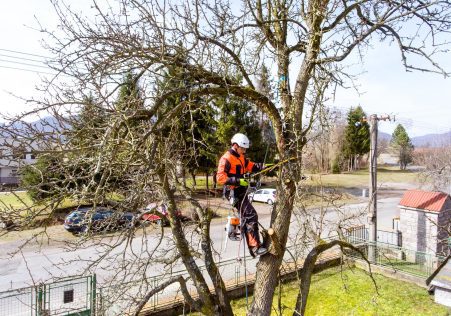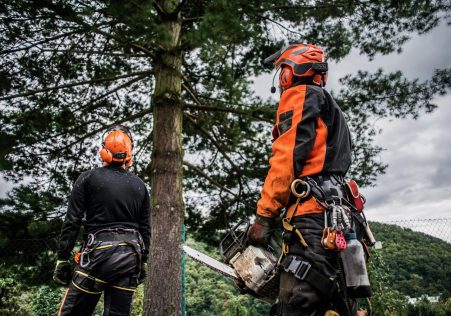Longevity of the Time Tree Roots Live On
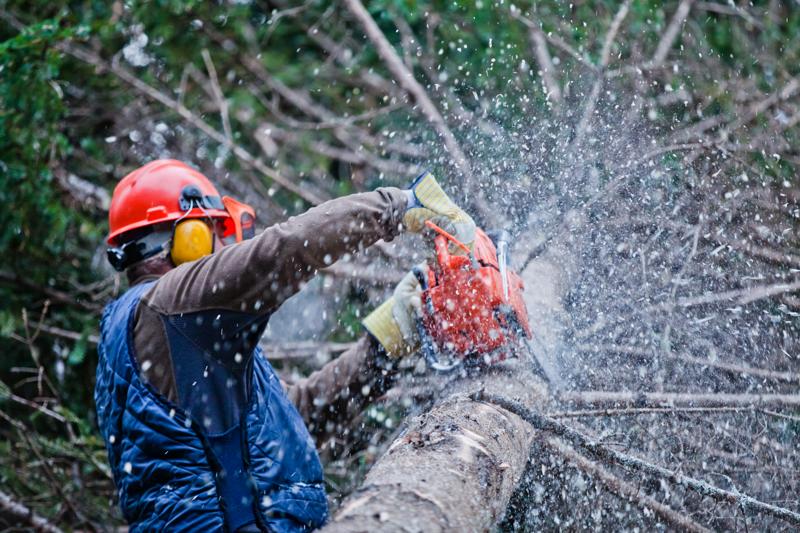
Tree removal is a crucial task for many property owners, however, it’s not as easy as cutting off the trunk and leaving the roots to decompose. Understanding the lifespan of tree roots is crucial for ensuring your removal is completed properly and safely. In this article, we will examine the duration that tree roots live after a tree is removed and address many of the frequently-asked questions regarding this subject.
How long do the tree’s roots last after cutting them down?
The time span for the tree’s roots after it has been cut down can differ greatly based on the kind of the tree being cut down, size of the roots, as well as the environment conditions. In general, it is possible to conclude that the tree’s roots will remain alive for many years after a tree has been cut down. The reason for this is that the roots are still capable of absorbing moisture and nutrients from the soil even after the tree is removed.
Factors that Affect the Longevity of Tree Roots
There are a variety of variables that affect the length of time that tree roots last after a tree is cut down. A few of them are different species of trees There are certain species of trees that possess roots which are much more robust and more durable than others. For instance oak tree roots are known to live for several decades after the tree has been taken down. Size of the roots The more extensive the tree’s root system is, the longer they’ll likely last after the tree has been removed. This is because bigger roots are able to absorb water and nutrients in the soil. Environmental conditions: The soil kind, temperature, and the level of moisture in the area that it was cut could affect the life span that the root system. In the event that the soil has become dry and compacted the roots are likely to decompose more rapidly. When the soil remains moist and well-drained it will be longer lasting for the roots.
What happens to tree Roots After cutting them down?
If the tree is removed, the roots will slowly begin to decompose. The process could take several years dependent on the variables mentioned above. During this time the roots gradually discharge nutrients to the soil, which is beneficial to other plants within the region. Once the roots have fully decomposed, they will no longer be a danger to surrounding structures or landscapes.
FAQs:
Do tree roots grow back after being cut down?
The roots of trees cannot regrow after a tree has been cut down. After the roots have been removed, they slowly begin to decompose and will not be able to regrowing.
Are tree roots able to continue to grow after cutting down?
The roots of trees will not continue to grow after a tree has been removed. However, they’ll be around for several years as they’re still capable absorbing moisture and nutrients in the soil.
Do tree roots continue to spread after cutting down?
The roots of trees will not continue to spread after the tree has been taken down. Once the tree has been removed, the roots are slowly beginning to break down and will not pose a risk to the landscape or surrounding structures.
Conclusion:
In conclusion, the longevity of tree roots after the tree is cut down can vary greatly dependent on a variety of factors. Knowing the duration the roots of trees will last is essential to ensure that the tree removal process is carried out properly and safely. If you have an existing tree that requires to be removed, it’s always recommended to hire an experienced Brisbane Tree Removal Arborists arborist to carry out the job. Our highly trained and experienced arborists are equipped with the right equipment and experience to safely and effectively remove trees and address any concerns about the longevity that the tree’s roots. Contact us now by calling 0485 882 824 to schedule a consult and to learn more about our tree removal services for Brisbane. Don’t risk damaging your property or putting yourself in danger by attempting to remove a tree on your own. Let the experts from Brisbane Tree Removal Arborists handle all of your tree removal requirements.

